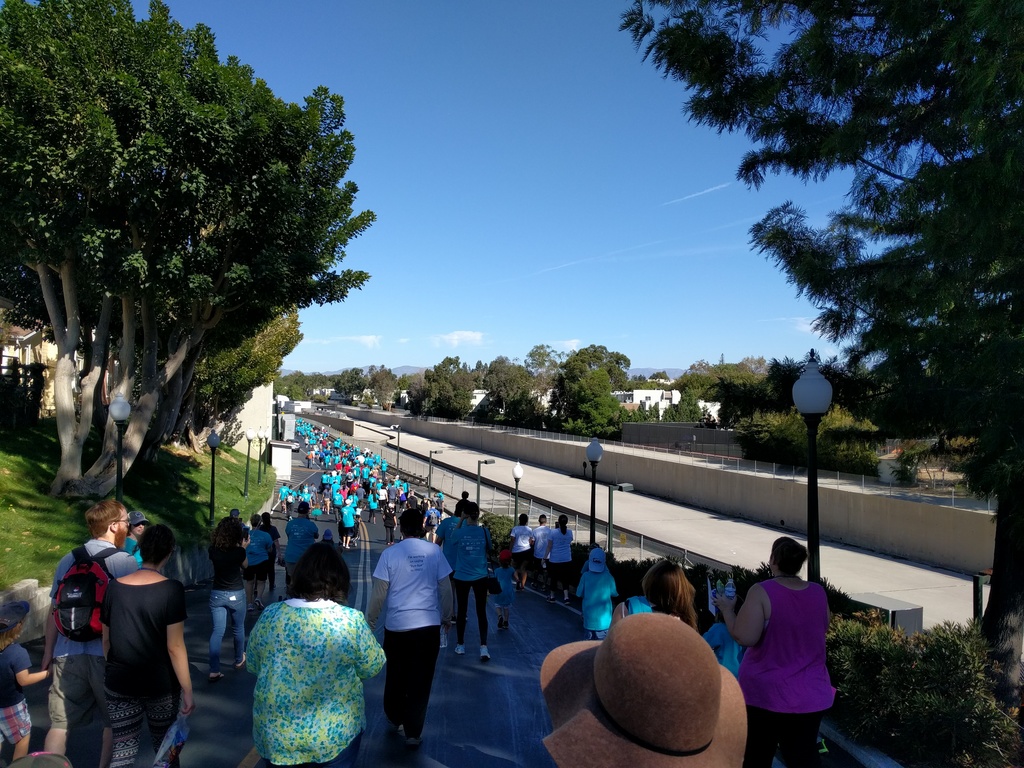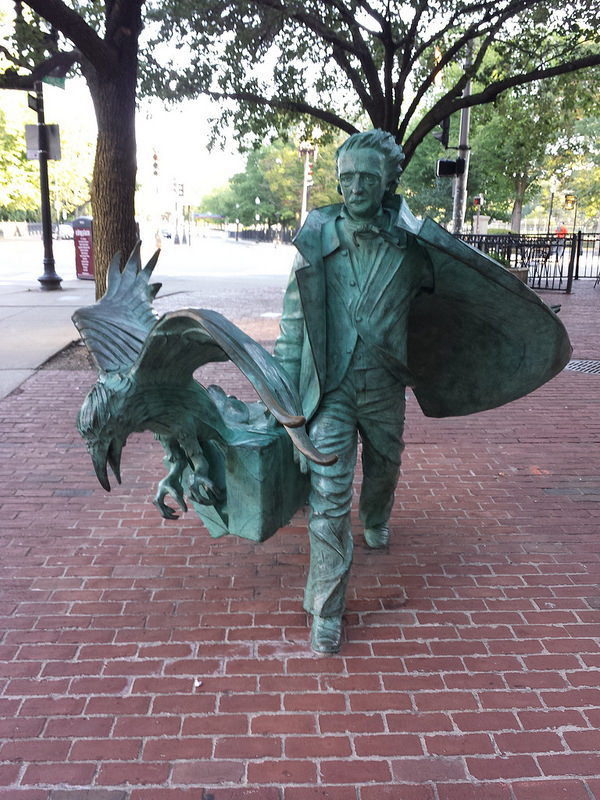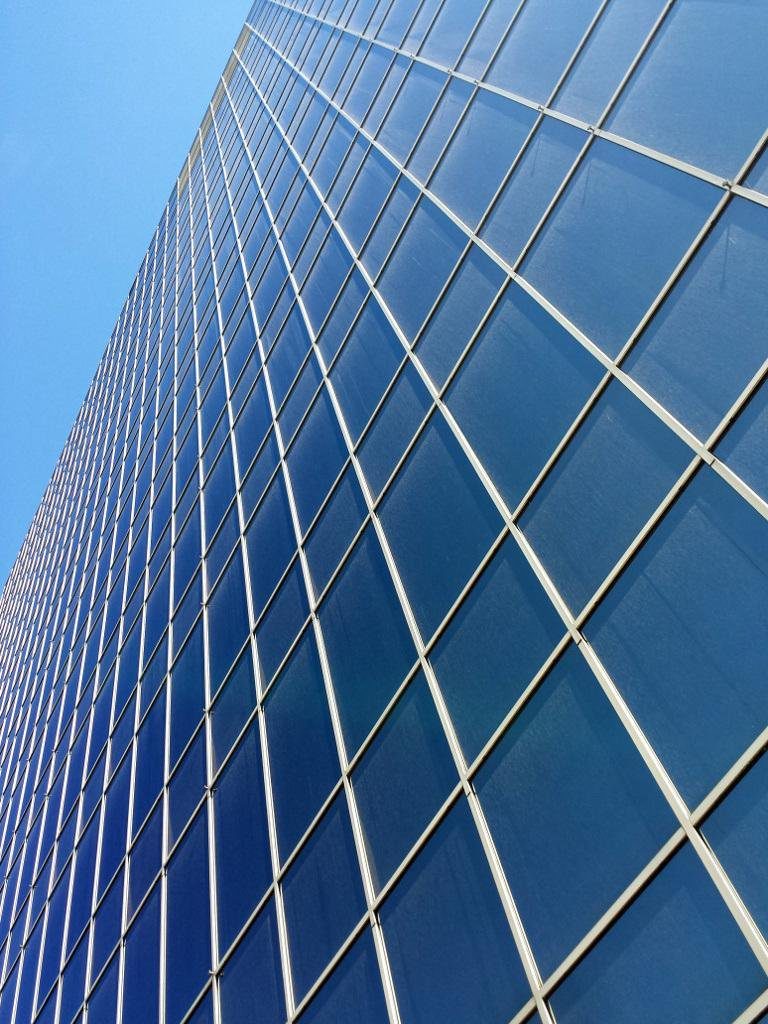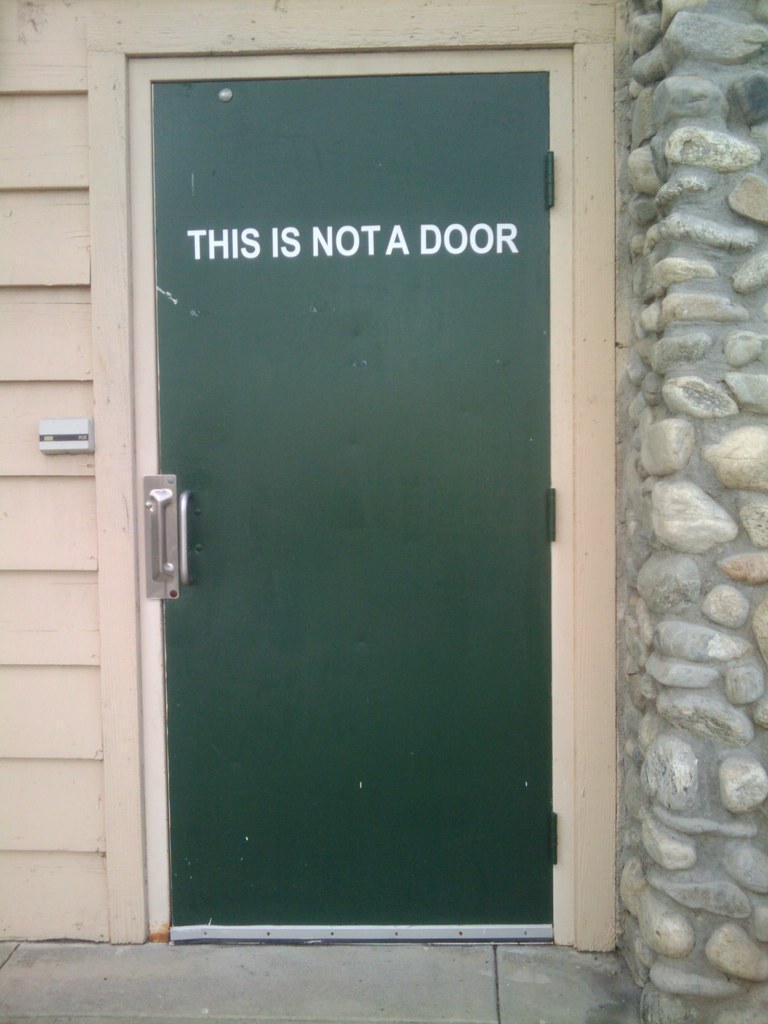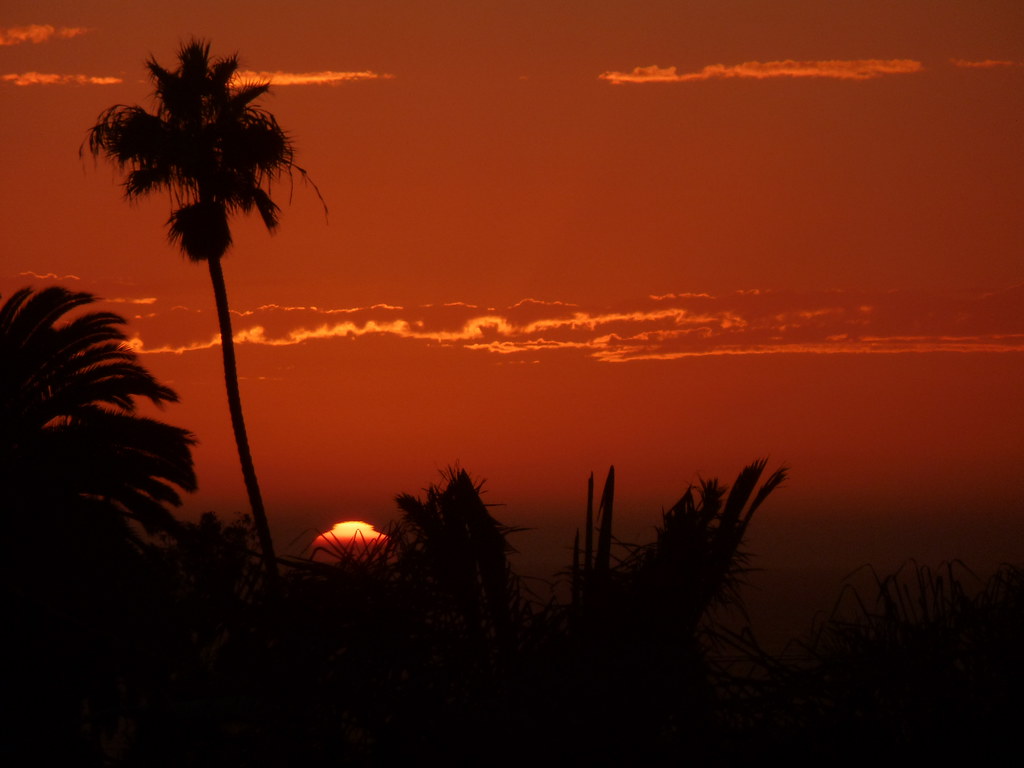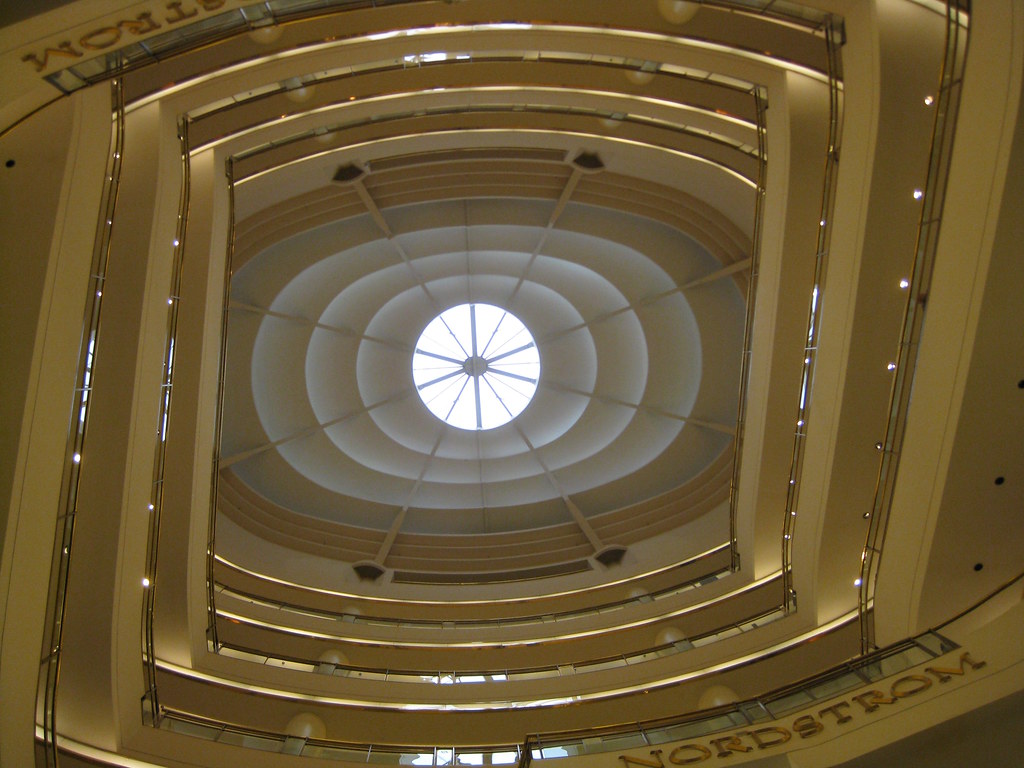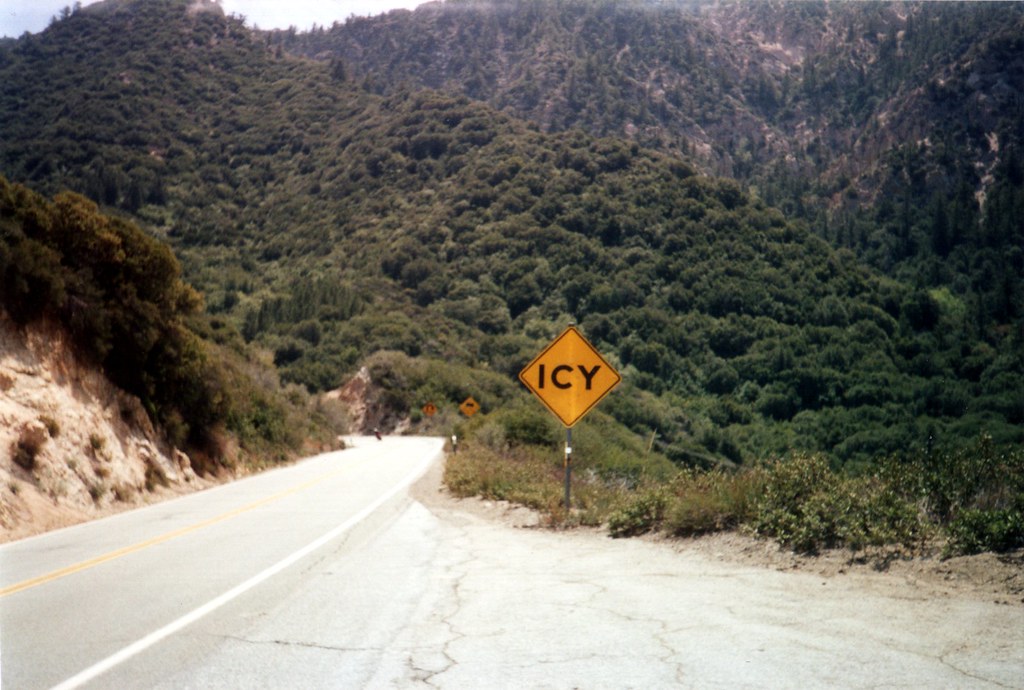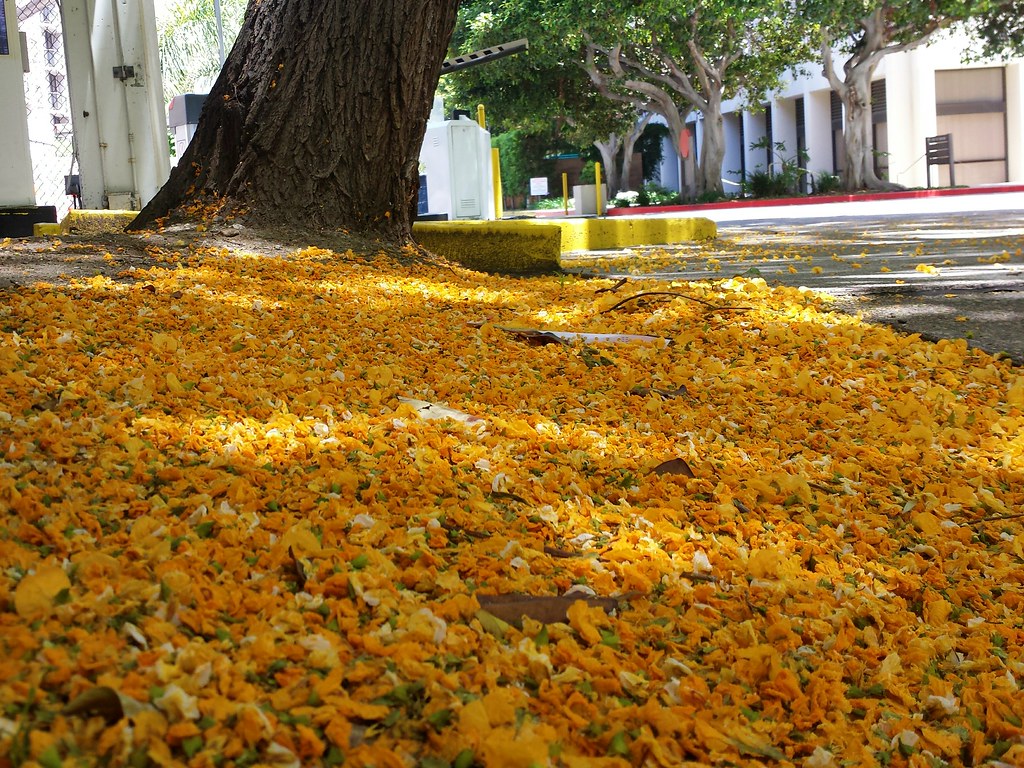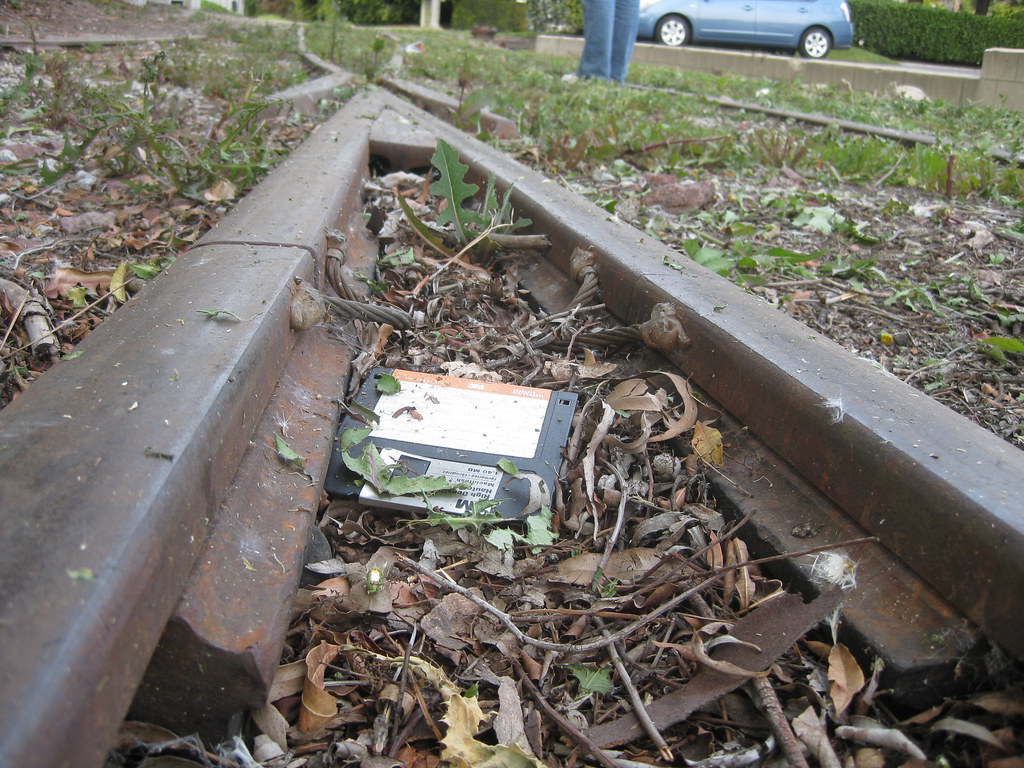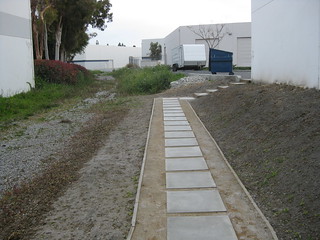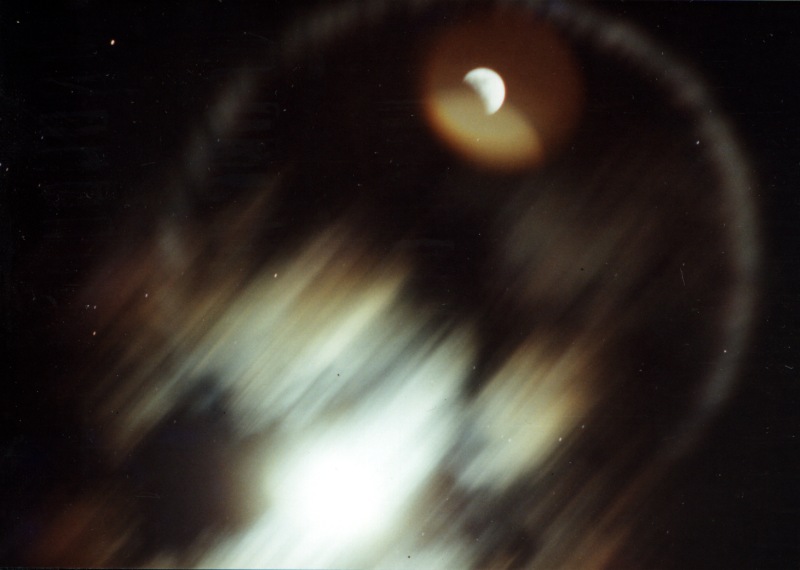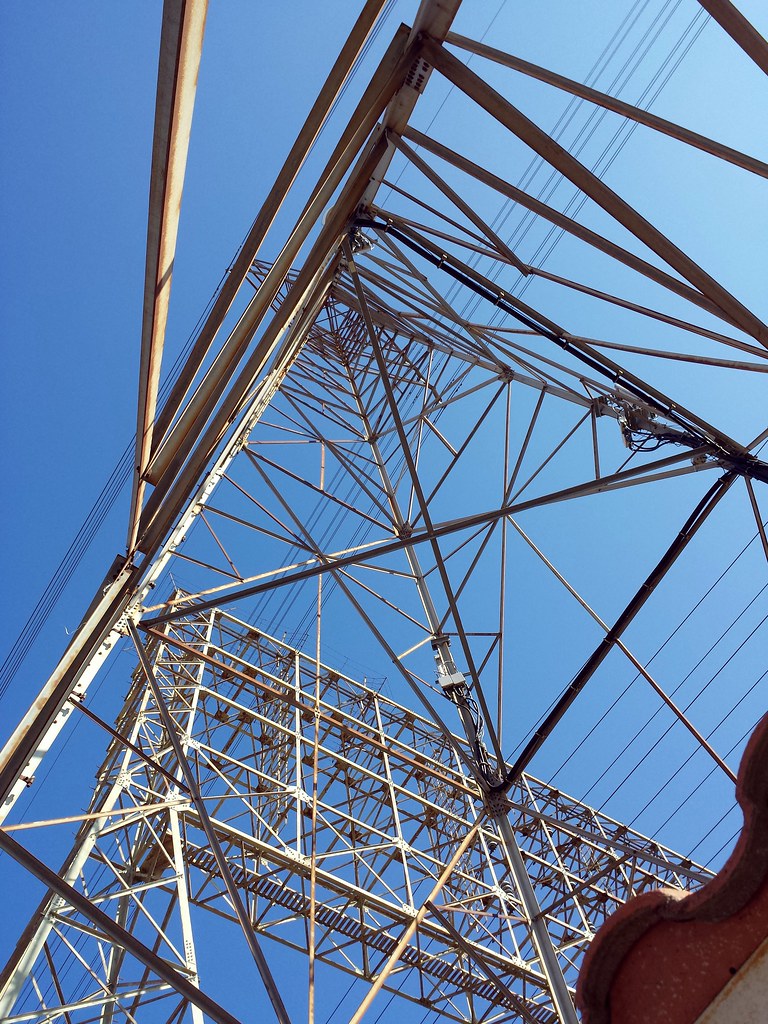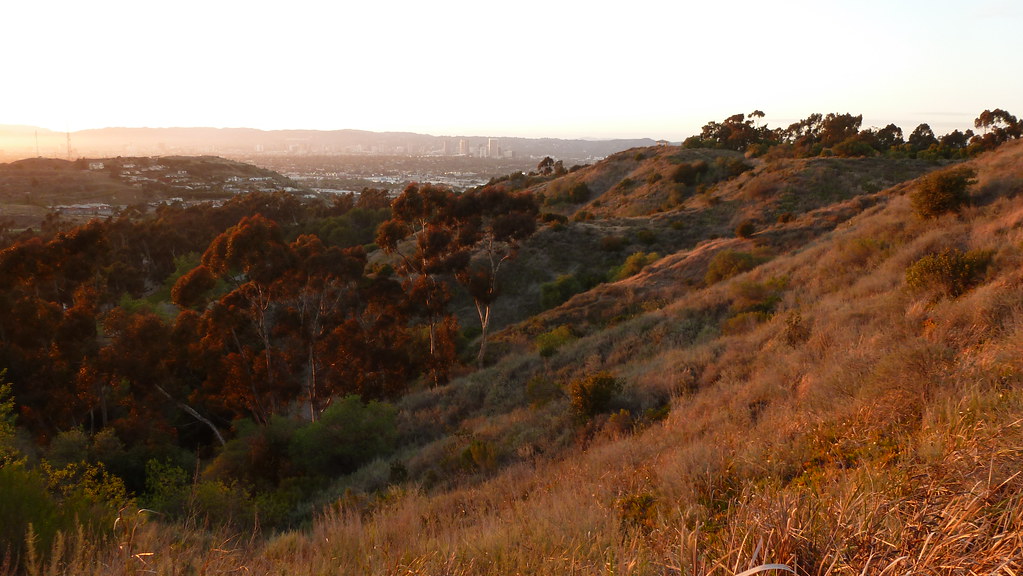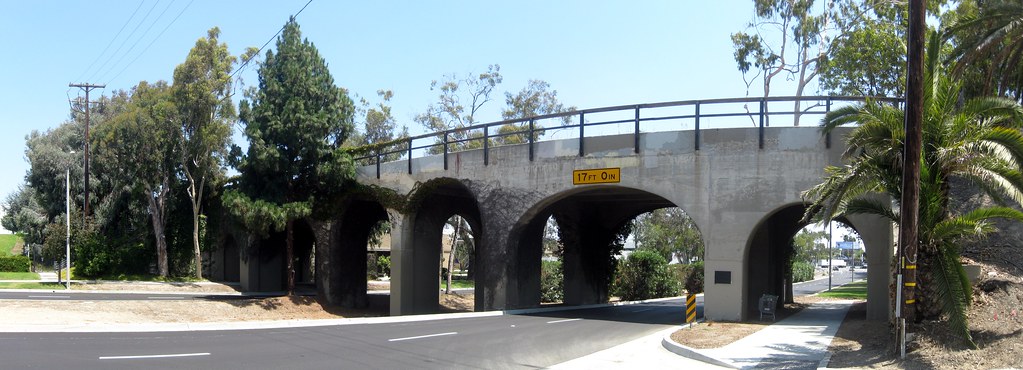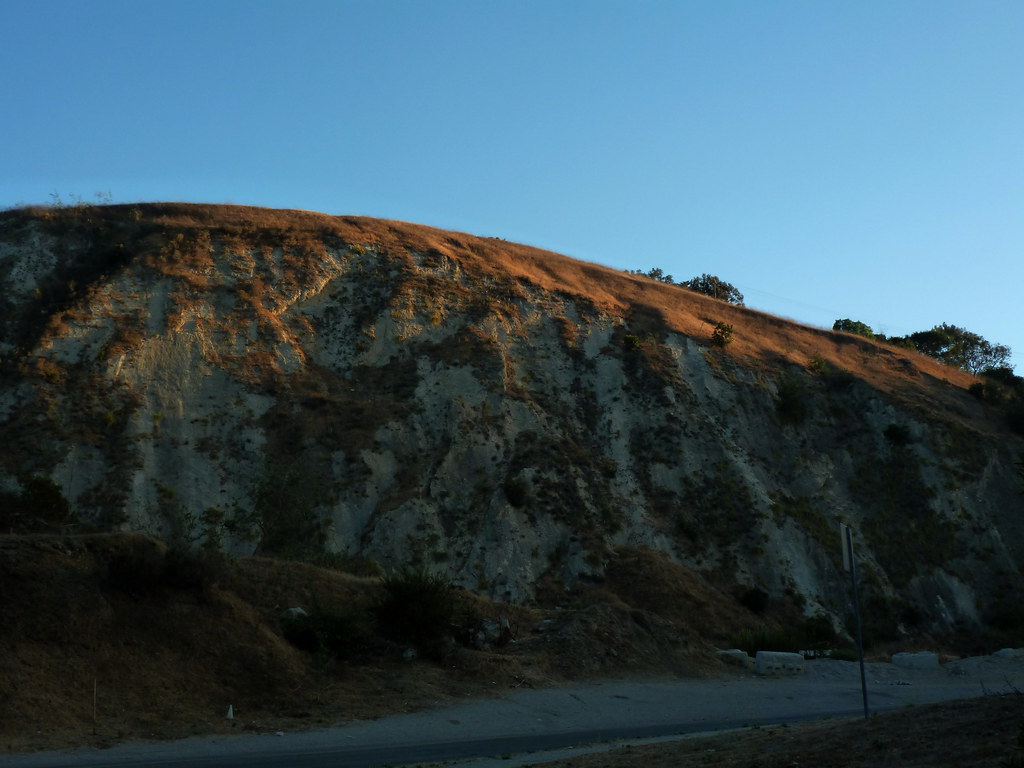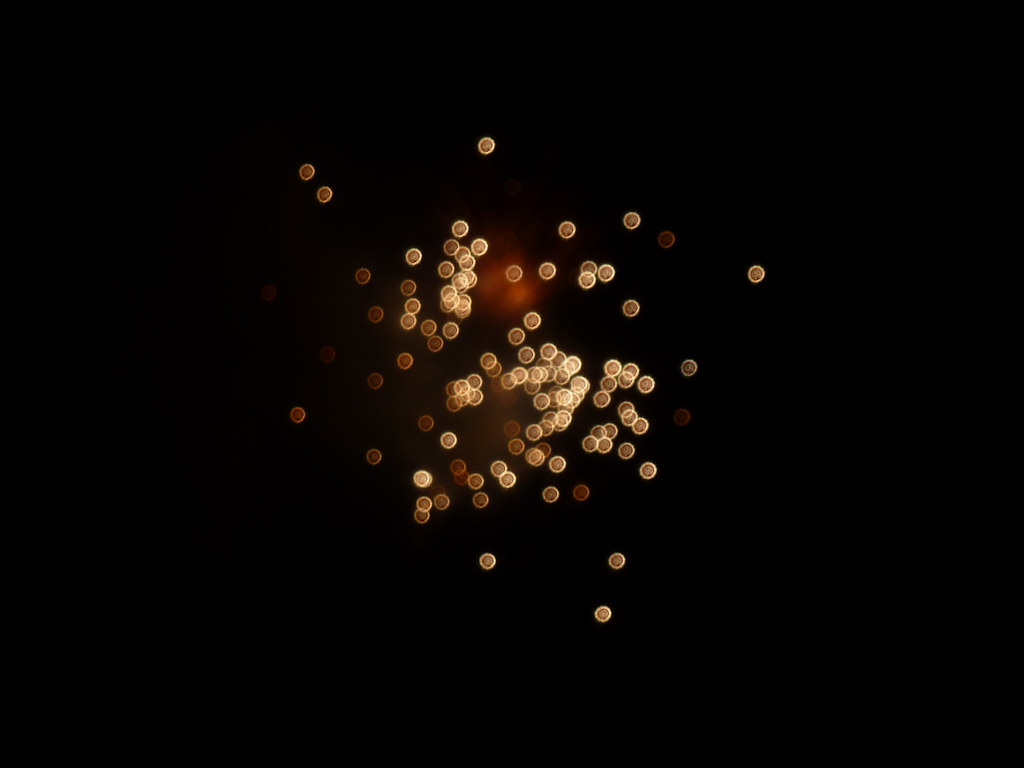Los Angeles has a weird relationship with water. Most years there isn’t enough rain to support the region’s population, agriculture and industry without importing it from surrounding areas. Some years there really isn’t enough. And some years there’s so much rain that floods are a greater threat than drought.
The region’s flood control system is built around that threat, channeling storm water out to sea as quickly as possible. In many places, rivers are lined with concrete, typically with a narrow channel in the middle to keep it flowing during dry spells and a wider channel to prevent flooding. This stretch of the Los Angeles River in Studio City is a good example:
Other parts of the river are much nicer, even navigable at times, but this stretch really is just a concrete drainage ditch inside a bigger drainage ditch.
Unfortunately what’s needed in flood years ends up hurting us in drought years, sending too much of the rain we do get into the ocean instead of collecting it. In recent years they’ve been testing systems to recharge groundwater reserves, but if drought becomes more common — and indications are that it will — we’re going to need to revamp the system.
